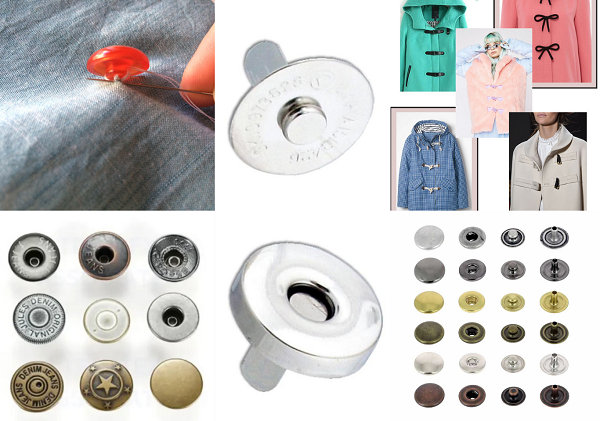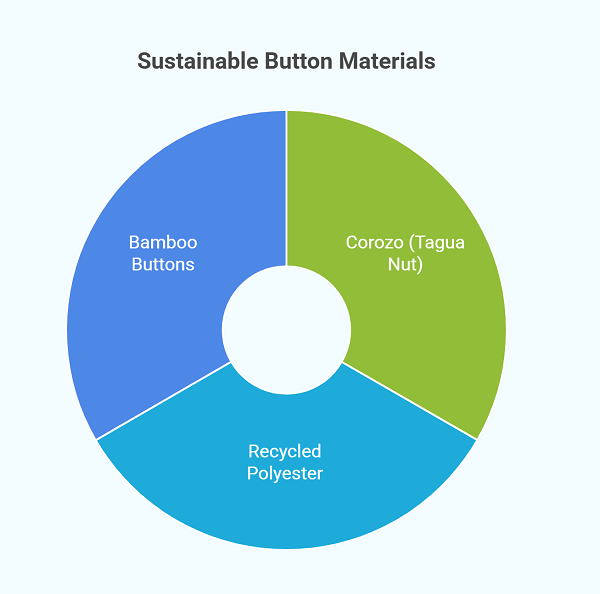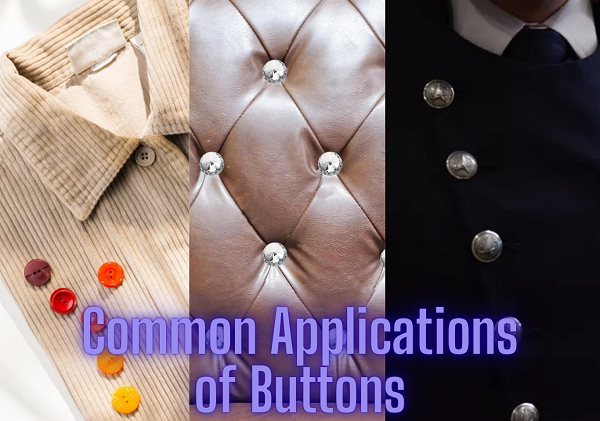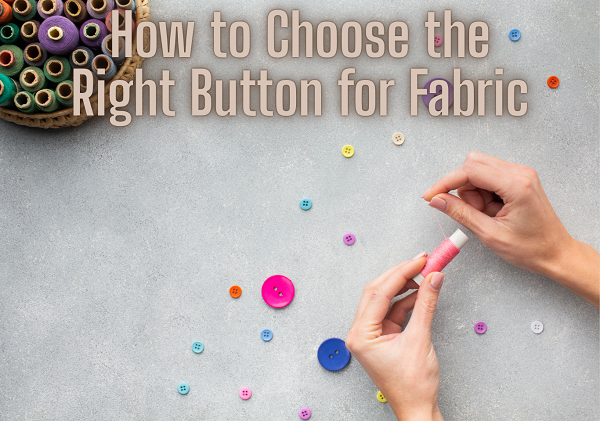Ever lost a button on your favorite shirt right before an important meeting? Feels like the whole outfit collapses, right? Funny how something so small can cause such chaos. Buttons might be tiny, but they hold more value than most of us realize. From the classic wooden ones on vintage coats to the sleek metal ones on denim jackets—buttons are the silent heroes of clothing design.
What Is a Button?
The Definition and Function of a Button
In simple terms, a button is a small fastener used to join two pieces of fabric. It usually fits through a buttonhole, loop, or fastening tab. But buttons aren’t just practical; they add personality, style, and structure to garments.
According to the Textile Institute, over 60% of apparel uses buttons as primary fasteners. That’s a lot of tiny circles making a huge difference.
A Brief History of Buttons in Fashion
Buttons have been around since 2000 BCE, discovered in the Indus Valley civilization. Initially, they were purely ornamental, made from shells and bones. By the 13th century, buttons evolved into functional fasteners in Europe. In the 20th century, plastic revolutionized the button industry—mass production made them accessible to everyone.
Types of Buttons

Based on Function
- Sew-Through Buttons (Flat Buttons):
Have two or four holes. Common in shirts and dresses. Simple, strong, and timeless. - Shank Buttons:
Feature a hollow loop at the back instead of holes. Ideal for coats and jackets because they stand slightly above the fabric. - Snap Buttons (Press Studs):
Snap button made of metal or plastic is used for quick fastening on jeans, baby clothes, and bags. - Toggle Buttons:
Often wooden or horn-shaped, secured with loops. Perfect for duffle coats or knitwear. - Magnetic Buttons:
Modern and easy. Found in handbags and jackets—great for accessibility and style.
Based on Design and Construction
- Fabric-Covered Buttons: Wrapped in matching fabric for an elegant finish.
- Decorative Buttons: Made purely for design—embellished, engraved, or jeweled.
- Functional Buttons: Designed for durability, like metal jeans buttons or uniform buttons.
Button Materials
Natural Materials (Wood, Shell, Horn, Bone)
- Wood Buttons: Lightweight and eco-friendly. Often used in casual or rustic clothing.
- Shell (Mother-of-Pearl): Luxurious sheen, used in high-end shirts and blouses.
- Horn and Bone: Durable, organic, and stylish. Popular in premium suits and coats.
Synthetic Materials (Plastic, Resin, Metal, Polyester)
- Plastic Buttons: The most common—affordable, durable, and available in endless colors.
- Resin Buttons: Stronger and glossier than plastic; resistant to heat and chemicals.
- Metal Buttons: Common in denim and outerwear; add a rugged touch.
- Polyester Buttons: Used in both fashion and industrial garments for strength and shine.
Eco-Friendly Button Options

Sustainability is reshaping the accessories industry. Brands are now using:
- Corozo (Tagua Nut) – 100% biodegradable.
- Recycled Polyester – Reduces plastic waste.
- Bamboo Buttons – Lightweight and renewable.
According to a 2024 Fashion for Good report, demand for sustainable buttons grew by 35% in just three years.
Common Applications of Buttons

Buttons in Garments
Buttons dominate the apparel industry. Shirts, trousers, blazers, dresses, and coats—all rely on them for fastening and design balance. An average men’s shirt uses 7–9 buttons, while a suit may include 12 or more across its structure.
Buttons in Accessories and Upholstery
You’ll also find buttons on handbags, cushions, and shoes. They add both function and aesthetic appeal. Leather buttons, for instance, are often used in luxury upholstery and accessories.
Buttons in Industrial and Decorative Use
From military uniforms to tech wear, buttons now go beyond fashion. Some modern designs feature RFID chips or smart sensors, tracking garment authenticity and care cycles.
How to Choose the Right Button for Fabric

Size, Color, and Durability Factors
Choosing the right button isn’t guesswork.
- Size: Larger buttons fit thicker fabrics; smaller ones suit lightweight materials.
- Color: Match or contrast based on design intent.
- Durability: For workwear or uniforms, pick metal or reinforced resin buttons.
A rule of thumb: a button should withstand at least 5 kg of pull force for standard garments.
The Future of Buttons: Smart and Sustainable Trends
The next generation of buttons might not just fasten your clothes—they might connect to your smartphone. Smart buttons can track movement or temperature, used in health monitoring and military gear. Meanwhile, sustainability pushes innovation—bioplastic buttons made from corn starch or algae are now entering the market.
By 2030, analysts expect over 50% of fashion accessories to come from recycled or renewable sources.
Conclusion
So, what is a button? It’s not just a fastener. It’s a piece of history, craftsmanship, and design—all packed into one tiny object. From wood to metal, from simple to smart, buttons evolve with fashion yet stay essential to how we wear and express ourselves. Next time you button your shirt, give that small circle of wonder a little respect—it’s holding more than just fabric; it’s holding your style together.
FAQs
1. What are the most common types of buttons used in clothing?
Flat (sew-through) and shank buttons are the most common due to their versatility and strength.
2. Which material is best for durable buttons?
Metal and resin buttons last longer and resist heat, washing, and wear better than others.
3. Are wooden buttons washable?
Yes, but they should be hand-washed or dry-cleaned to prevent cracking or swelling.
4. What is the difference between decorative and functional buttons?
Decorative buttons are for style only, while functional buttons secure fabric or garments.
5. Are eco-friendly buttons expensive?
Slightly, yes—but prices are dropping as production scales. Many brands now offer sustainable options without a huge markup.
